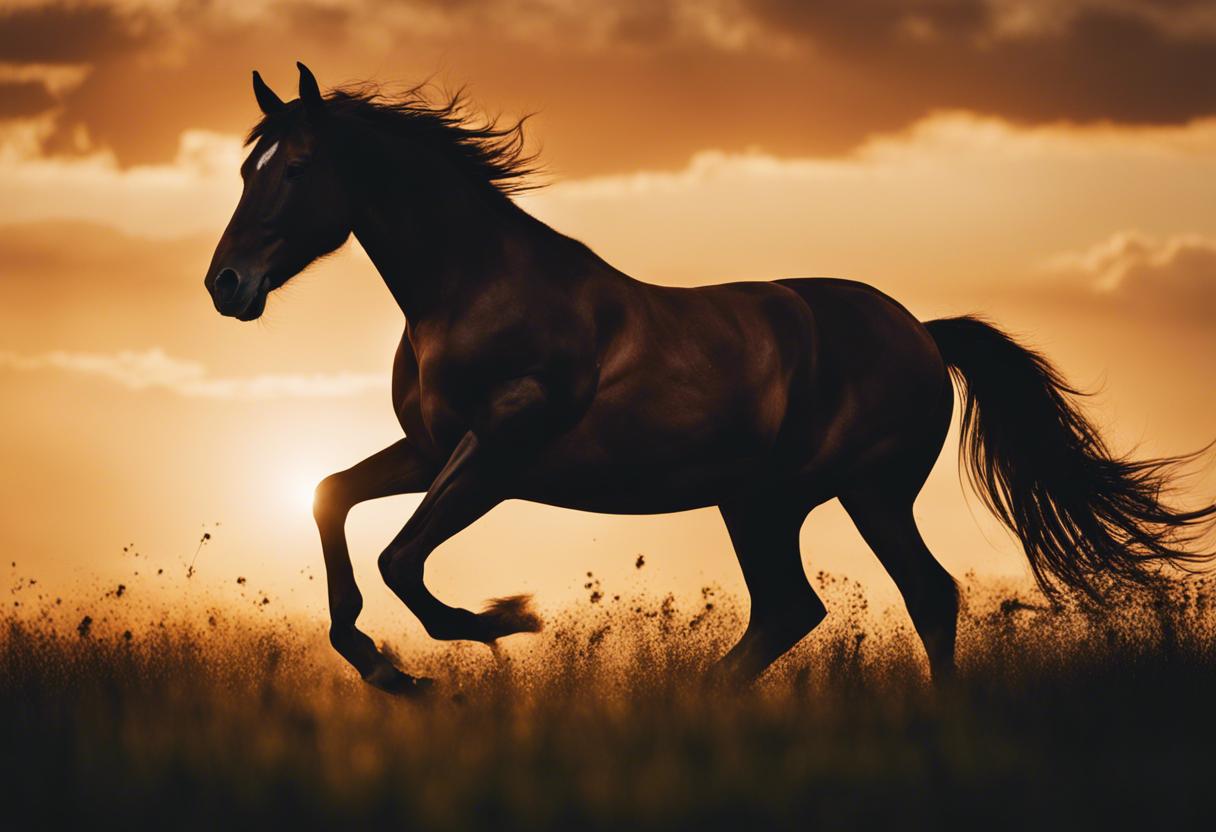The dated jest saying that statistics are utilised by some like a drunk leaning on a lamp-post for support rather than brightness contains more truth than what many are willing to acknowledge. However, it can’t be denied that on certain occasions, the data in a pie-chart can indeed be extremely advantageous while putting forth a strong argument.
This truth was further emphasised earlier this year when statistics from a first-of-its-kind cross-channel horse breed count were released by the British Horseracing Authority.
The objective of an academic study performed was to collect statistical proof concerning the lives of horses after they retire from racing. The potential revelations from this study were likely to cause discomfort amongst many involved in the sport, raising questions about their possible findings.
It’s widely acknowledged that a significant fraction of these retired thoroughbreds, primarily mares and fillies, transition into the breeding sector after their racing careers come to a halt. Some others get retrained and find new homes to continue to lead productive lives post-racing. A few also get to enjoy a comfortable life as family pets.
However, it’s an unhappy truth in horseracing that due to the yearly breeding of thousands for the sport, such optimistic outcomes are not a certainty. Although it’s difficult to accept, there is a consequential mortality rate which often results in turning a blind eye and deaf ear to the fate of some of the sport’s key players.
Still, the results of the census were promising and not as alarming as one could have previously feared. Owners had provided the details for over 8,000 retired racehorses, of which 5,500 were previously undocumented. Resultantly, the statistics, when compiled with additional data, represented about 80% of the estimated 33,600 retired racehorses currently living good lives in Britain.
The largely reassured response to these numbers pointed towards an underlying guilty conscience. Still, it served as solid proof that horses are indeed treated more than mere commodities, as reassurances about their well-being had implied.
In a wider societal perspective where horse racing is continually defending its position, and welfare issues in all animal sports are being thrust into the spotlight, significance should not be sidelined. Countering fears often grounded in prejudice with revealing data can play a massive role in assuring an otherwise indifferent public.
Nevertheless, it extends beyond just a publicity endeavour. This kind of survey recognises that the thoroughbred sphere as whole needs to take up more responsibility for the life-long care of the animals it breeds. Discussing ethics in a commercial context may seem contradictory, but the sector’s ultimate self-interest resides in acknowledging this fact.
The motivation for a comparable survey to be carried out in Ireland doesn’t seem to be there. Maybe the instinct is to refer to the British data and assume a similar situation here. Indeed, both nations’ sports often echo each other — until they don’t.
The undeniable facts discovered by the RTÉ Investigates unit during last year’s summer shone a light onto the obscure domain of thoroughbreds’ fate once they’re deemed of no racing use.
The footage filmed at the Shannonside slaughterhouse shook the nation and offered a disturbing insight into the profitability of the overseas meat trade. Critics of the racing world had their fundamental objections to the sport reinforced, shaking the public faith in the sport fulfilling its own established standards.
In the aftermath, Horse Racing Ireland and the Irish Horseracing Regulatory Board appeared before the Dáil’s Public Accounts Committee.
When questioned, there was no concrete data or future plans offered about the issue. Ultimately it seems the obligation, once a horse is retired, extends little beyond urging owners to act responsibly.
Mention was made of some funds granted to organisations such as the Irish Horse Welfare Trust and Treo Eile which attempt to rescue or rehouse animals. But their commendable efforts are minimal in the face of the vast population of thoroughbreds.
None of it was very persuasive, and public views towards a seemingly indifferent industry will only grow more adverse. A much more comprehensive safety net is needed.
The findings of any Irish census could lead to statistical data that might initially be disconcerting. Nonetheless, as in the UK, this might not always be the case. The shear volume of animals assures that some inevitably end up as, regretfully put, ‘waste’. However, the initial step towards solving any problem involves understanding the total extent of the predicament – a task that requires efficient traceability procedures.
Experience has taught us that placing our faith in everyone to act responsibly towards the animals in their care is excessively optimistic. It is not a practical stance for a €2.4 billion industry that receives annual public funding.
For racing to maintain its societal legitimacy, it must prioritise addressing this issue – not viewing it as a cost but as a sound investment. Providing tangible proof that the problem is being taken seriously would certainly benefit its image.
Looking ahead to the weekend, the Haydock Sprint Cup is wide open as a sudden weather shift could mean that Ken Condon’s seasoned runner, Moss Tucker (3.35), is being undervalued. Forced to sit out recently due to fast track conditions, the commendable six-year-old is taking a chance instead of solely preparing to defend his Flying Five title next week.
Returning to flat racing, Gordon Elliott’s Leading Lion (6.05) is expected to perform well in the Ulster Cesarewitch at Down Royal this evening, after a successful hurdling feat at Bellewstown.

